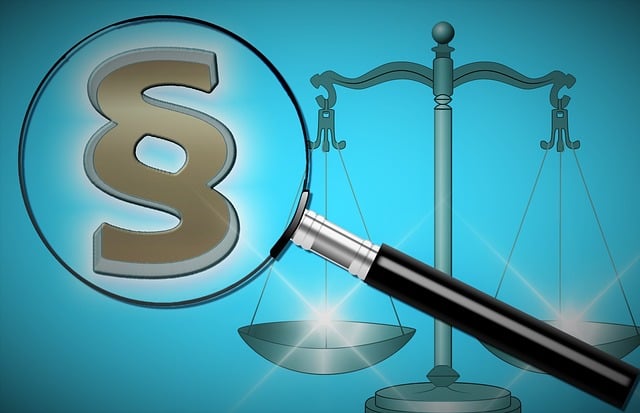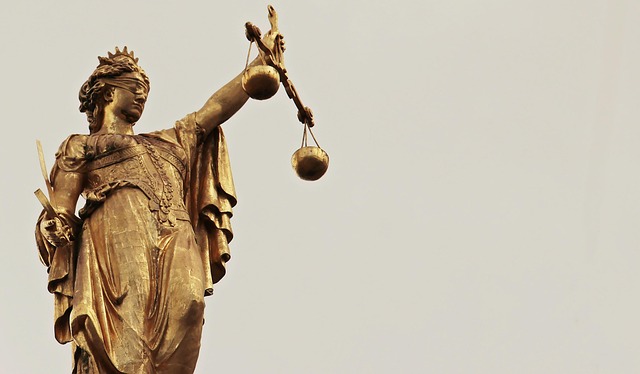Personal injury claims rely on key documents like medical records, police reports, employment records, insurance policies, and specialized agreements. These prove injuries, treatments, vehicle damage, witness statements, and financial impact. Collecting evidence promptly and organizing it chronologically enhances its integrity. Medical records are essential for documenting health history, current conditions, treatment plans, and justifying care needs, making them critical for personal injury cases and legal strategies.
In personal injury cases, compelling evidence is paramount to securing just compensation. Key documents play a pivotal role in building a robust legal argument. This article delves into the essential types of paperwork that serve as strong evidence, offering guidance on collection and presentation. From medical records detailing injuries to police reports documenting accidents, understanding these documents’ significance is crucial for plaintiffs. Learn how these key pieces of evidence can strengthen your claim and navigate the complexities of personal injury lawsuits effectively.
- Types of Key Documents for Personal Injury Claims
- When and How to Collect and Present Evidence
- The Role of Medical Records in Personal Injury Lawsuits
Types of Key Documents for Personal Injury Claims

In personal injury claims, key documents play a pivotal role in strengthening evidence and supporting a victim’s case. These documents serve as tangible proof, providing insights into various aspects of the incident and its aftermath. Among the most crucial types of evidence are medical records, which offer detailed accounts of injuries, treatments, and recovery progress. Police reports are another essential component, documenting the circumstances surrounding accidents, including vehicle damage, witness statements, and response times.
Additionally, employment records, especially for those who cannot work due to their injuries, can significantly impact the financial aspect of a personal injury claim. Insurance policies, both medical and liability, are also pivotal, as they reveal coverage limits and help determine compensation amounts. In cases involving caregiver abuse or truck accidents, specific documentation such as care agreements, driver logs (for commercial vehicles), and expert opinions may be required to substantiate claims, often best handled by a qualified personal injury lawyer.
When and How to Collect and Present Evidence

When collecting personal injury evidence, timing is crucial. It’s essential to gather documentation as soon as possible after an accident to ensure its relevance and accuracy. This includes seeking medical records detailing injuries and treatments, police reports for incident details, and witness statements from bystanders or fellow occupants. Prompt action ensures that all evidence is readily available and can be effectively utilized during the legal process.
Presenting personal injury evidence requires a strategic approach. Organize documents chronologically, highlighting key events and their impact on the client’s recovery. In business litigation or accident compensation cases, this could mean showcasing how the incident affected work performance, financial status, or daily life. Ensure all materials are clearly labeled and accompanied by concise explanations to make the presentation seamless and persuasive.
The Role of Medical Records in Personal Injury Lawsuits

Medical records play a pivotal role in personal injury lawsuits, serving as essential documentation to establish the extent and cause of an individual’s injuries. These detailed reports, maintained by healthcare providers, offer a comprehensive view of a patient’s health history, current condition, and treatment plans. When a personal injury occurs, such as those involving auto accidents or nursing home abuse, medical records become critical pieces of evidence. They can demonstrate the nature and severity of injuries, track the progression of healing, and substantiate the need for ongoing care or rehabilitation.
For an auto accident lawyer handling a claim, medical records provide concrete proof of physical trauma, enabling them to build a strong case. Similarly, in employment disputes or nursing home abuse cases, these records can highlight pre-existing conditions, any exacerbations, or new injuries sustained due to the reported incidents, thereby aiding legal strategies and negotiations. Effective use of medical records as personal injury evidence requires careful review and interpretation by legal professionals to ensure the accuracy and relevance of the information for each unique case.
In navigating personal injury claims, understanding the key documents that serve as compelling evidence is paramount. From medical records detailing injuries and treatments to police reports outlining accident scenarios and witness statements providing firsthand accounts, these documents play a crucial role in building a strong case. By collecting, organizing, and presenting this evidence effectively, individuals can enhance their chances of securing just compensation for their injuries and ensuring accountability on the part of negligent parties.






